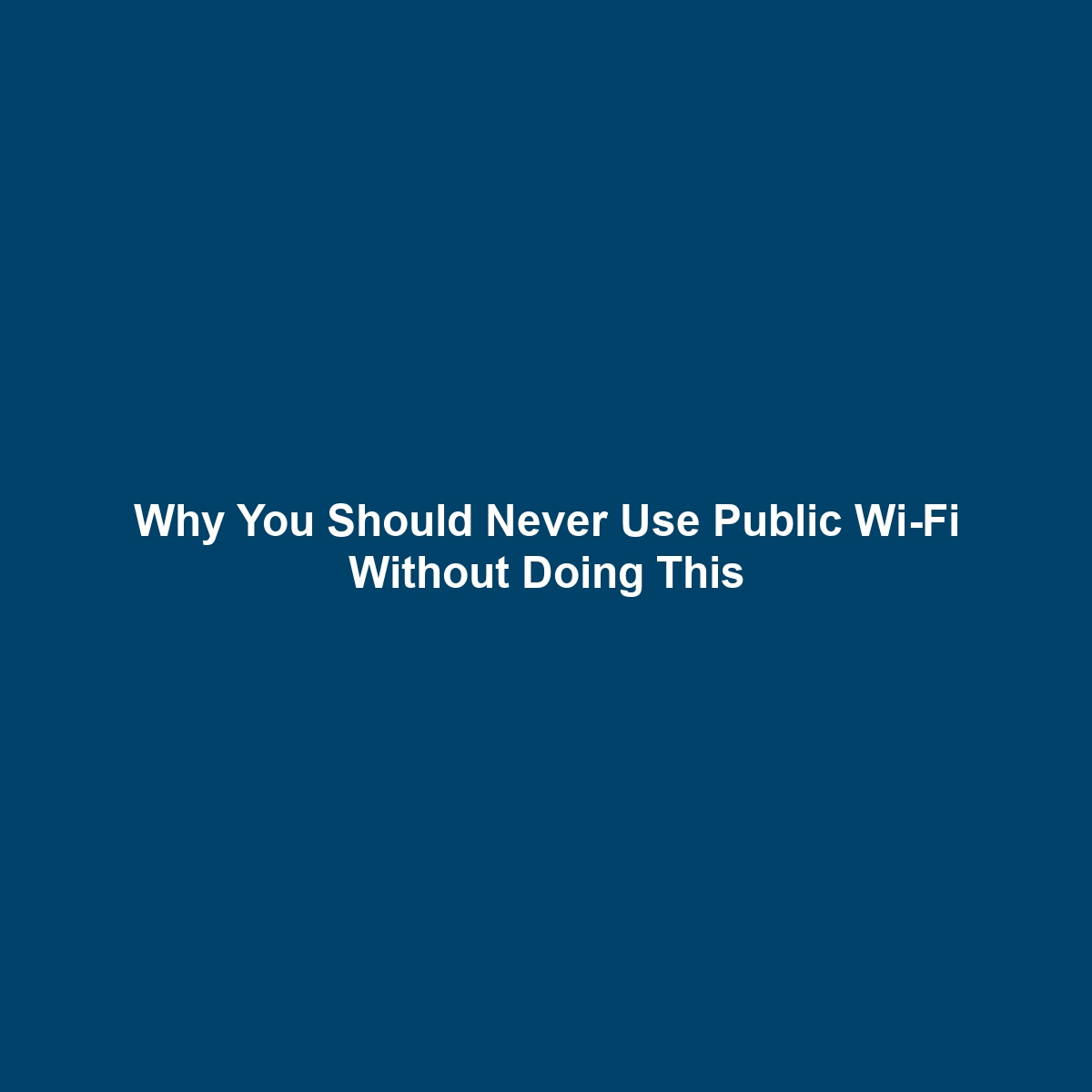Imagine you’re at a coffee shop, sipping your favorite latte, and you decide to check your bank account over their public Wi-Fi. Sounds innocent, right? Wrong! Public Wi-Fi is like a big “open house” for hackers. Without any protection, they can easily snoop on your data. But here’s the trick: always use a VPN (Virtual Private Network). Think of it as a secret tunnel that shields your online activities from prying eyes. When you’re connected to a VPN, it’s like you’ve got your own private Wi-Fi bubble in a crowded place. So, next time you’re on public Wi-Fi, pop on that VPN and surf the internet like you’ve got an invisibility cloak. Remember, no tunnel, no protection!
Author: nick
-
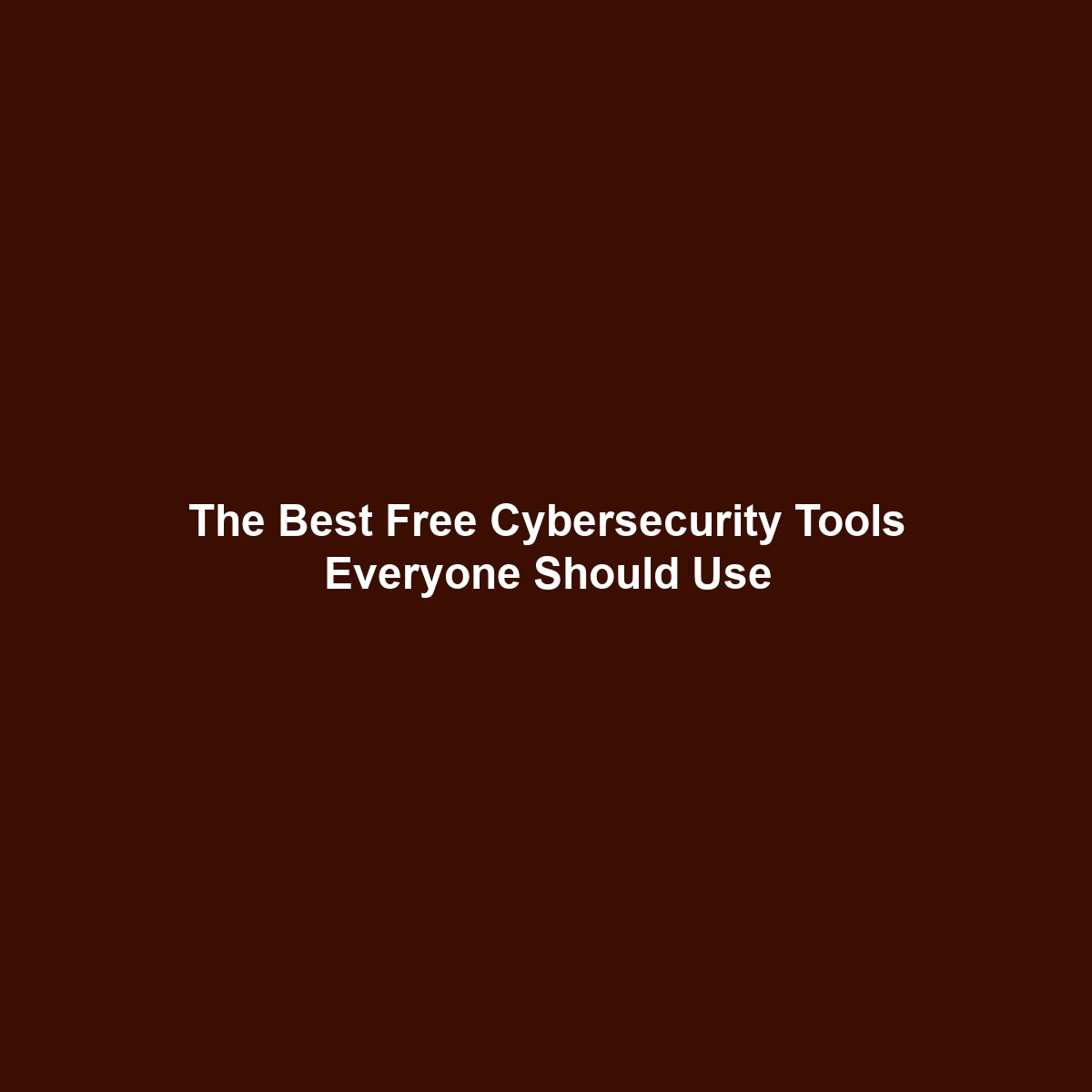
The Best Free Cybersecurity Tools Everyone Should Use
Think cybersecurity tools are expensive? Well, I’m here to tell you that you can stay safe online without spending a penny. First up, get a VPN (like ProtonVPN or Windscribe) to keep your browsing private. It’s like a cloak of invisibility for your internet activity! Then, grab a good antivirus like Avast or AVG—it’ll catch viruses before they can do any damage. Don’t forget a password manager (like we talked about) to keep your passwords safe and strong. And if you’re worried about losing your data, try a free backup tool like Google Drive or OneDrive. These tools work together like a digital army, keeping your info safe without costing a dime. So, don’t wait until something goes wrong—get these tools today and protect your online life like a pro!
-
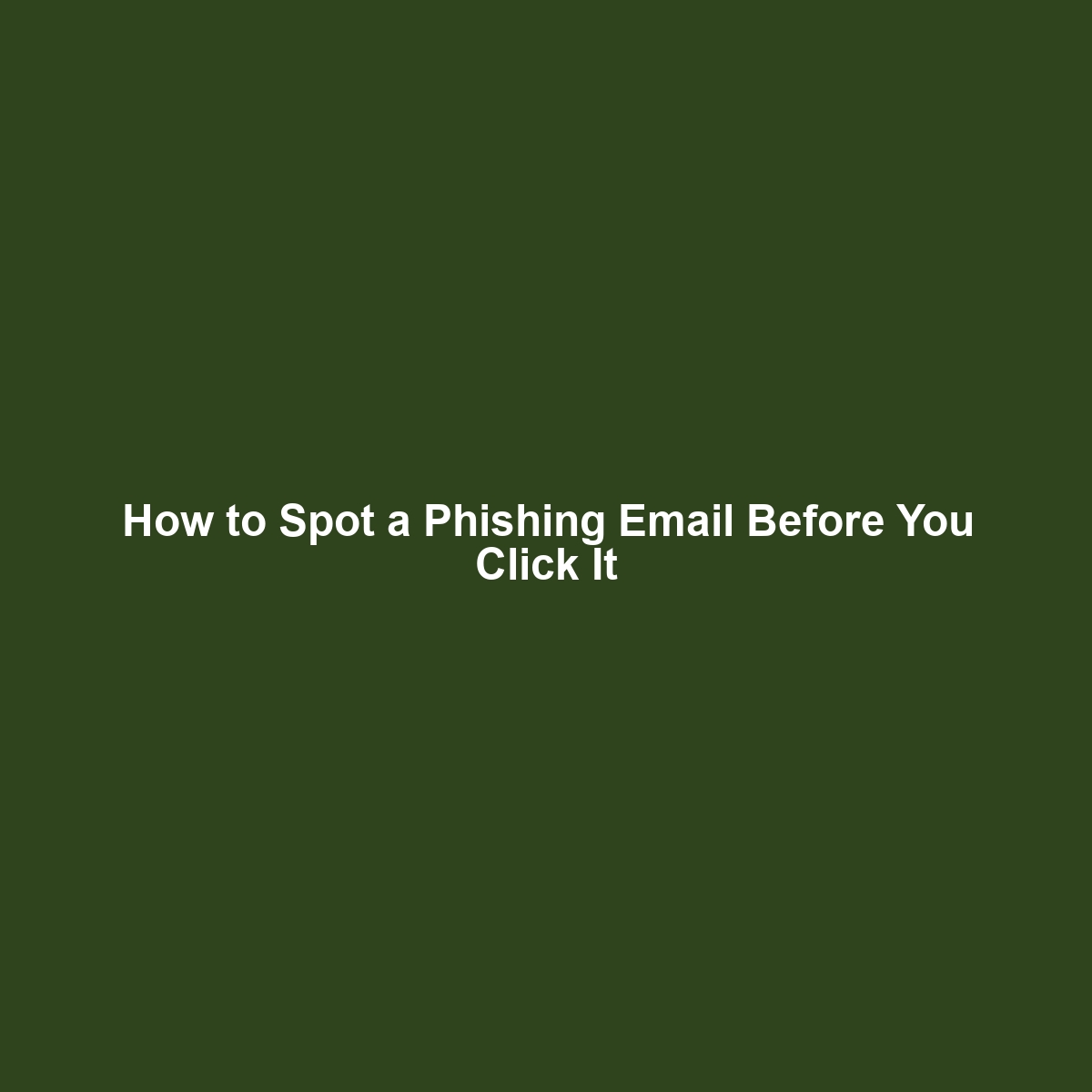
How to Spot a Phishing Email Before You Click It
Phishing emails are sneaky little messages that trick you into clicking on bad links or giving away personal info. I learned the hard way, but now I’ve got the ultimate radar to spot them. Here’s how you can, too: First, look at the sender’s email address—does it look legit? If not, that’s your first red flag. Next, pay attention to spelling mistakes or weird grammar. These are signs that the email might be from someone trying to scam you. And don’t fall for the “urgent” message that says your account will be locked if you don’t act right now. Just ignore it and don’t click on any links. Instead, go directly to the website yourself to check for any issues. Trust your instincts—if it feels wrong, it probably is. If you don’t click on the fishhook, you won’t get caught!
-
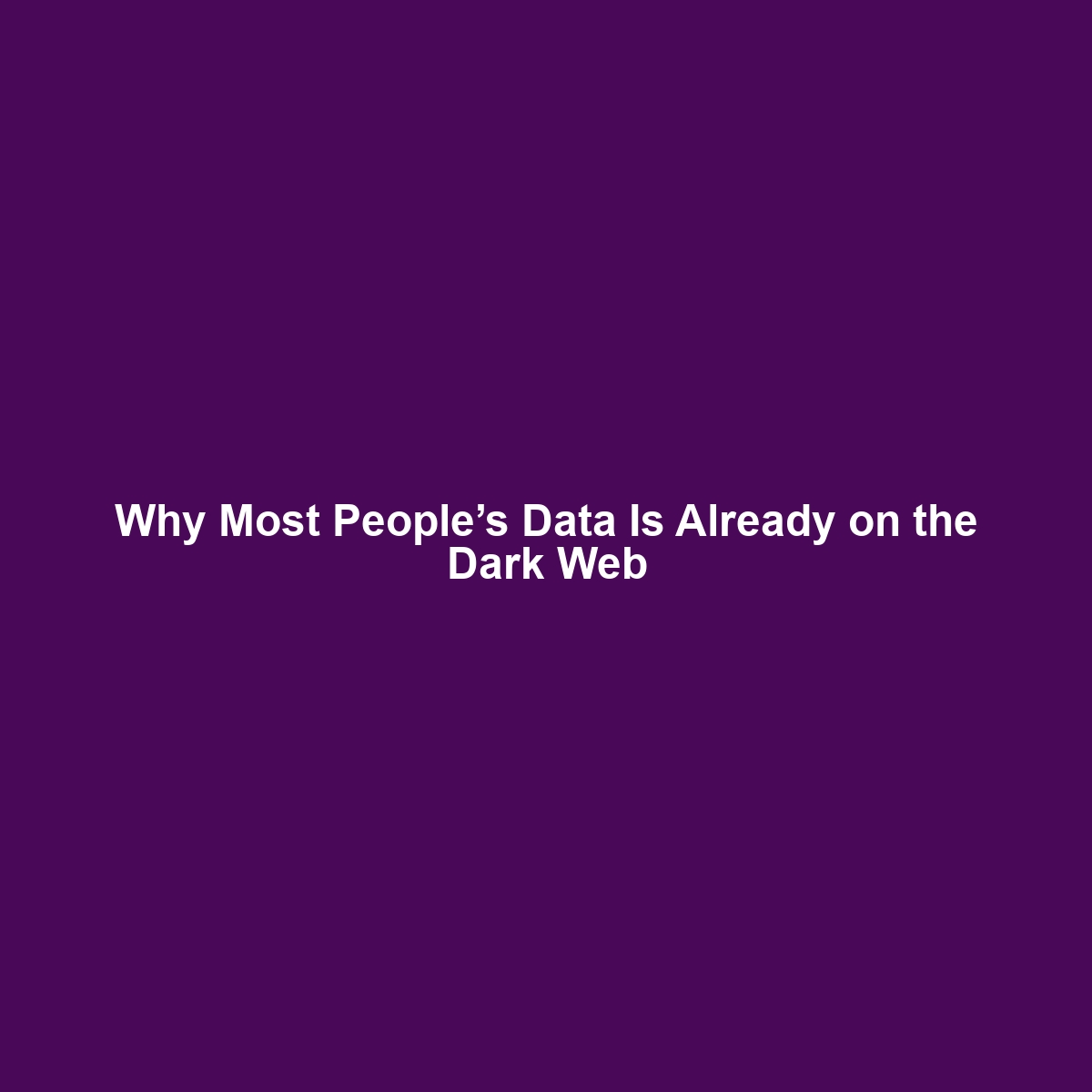
Why Most People’s Data Is Already on the Dark Web
It sounds like a scary place, right? The Dark Web? It’s like the underworld of the internet where bad guys trade stolen stuff. The shocking part? Most people’s data is already there. Every time you sign up for a website or use a credit card, hackers can sometimes find a way to steal that info. It’s like leaving the keys to your house out in the open and hoping no one takes them. So, what do you do? You can use websites like Have I Been Pwned to check if your data’s been compromised. If you find out you’re on the Dark Web’s guest list, change your passwords and enable two-factor authentication everywhere. Think of it like installing a security system in your digital house—extra layers of protection that make it harder for thieves to get in.
-
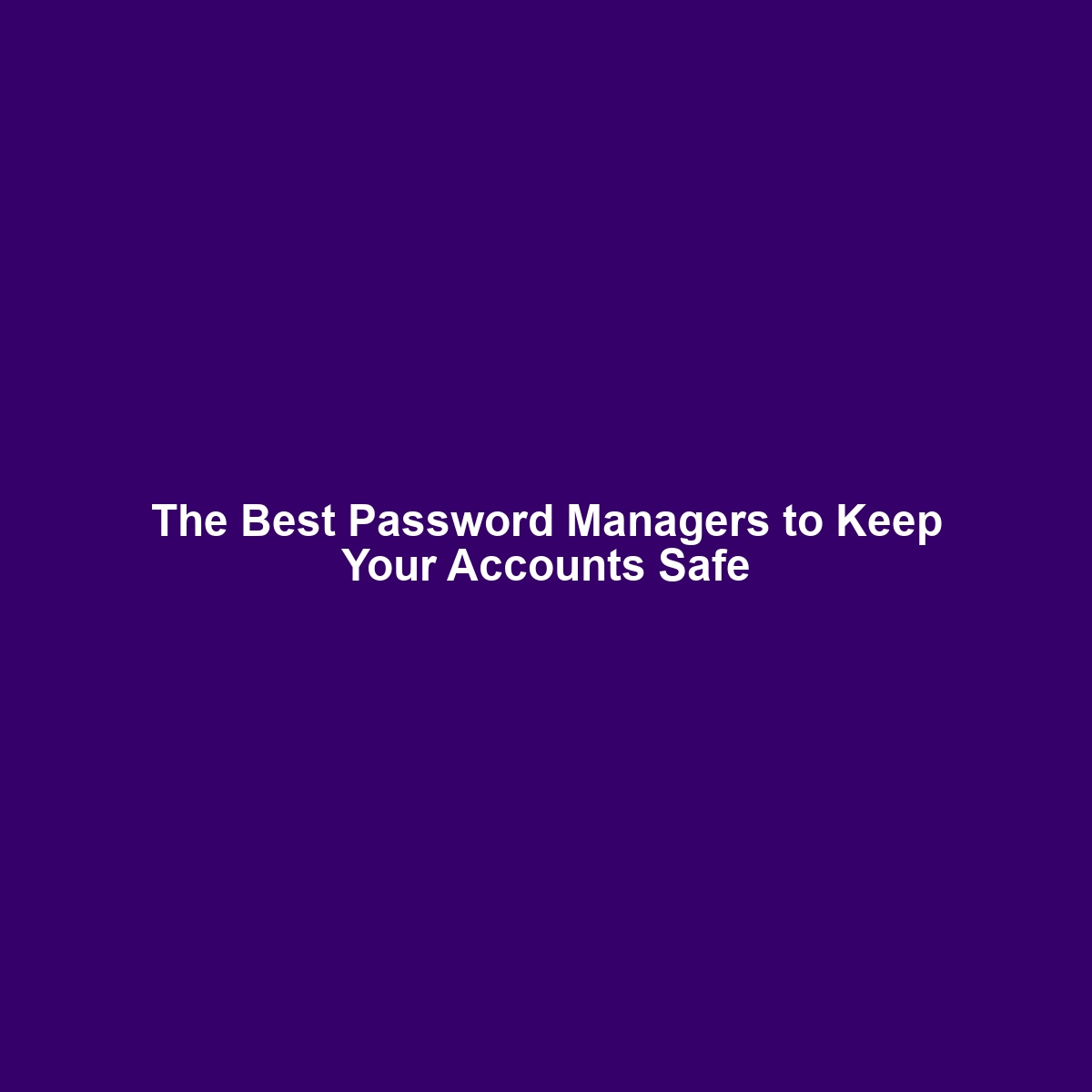
The Best Password Managers to Keep Your Accounts Safe
Let’s say you’re trying to remember a hundred different passwords for all your apps and websites. It’s impossible, right? That’s where a password manager comes to the rescue. Think of it like a safe where you store all your secret keys. Some of the best ones are LastPass, 1Password, and Bitwarden. They’ll generate strong passwords for you, so you don’t have to come up with something like “password123” (which is the worst idea ever). These managers store your passwords, and all you need to remember is one master password to unlock it all. So no more writing passwords on sticky notes or trying to remember your 5th-grade pet’s name. With a password manager, your accounts are as safe as a treasure chest with the best locks!
-
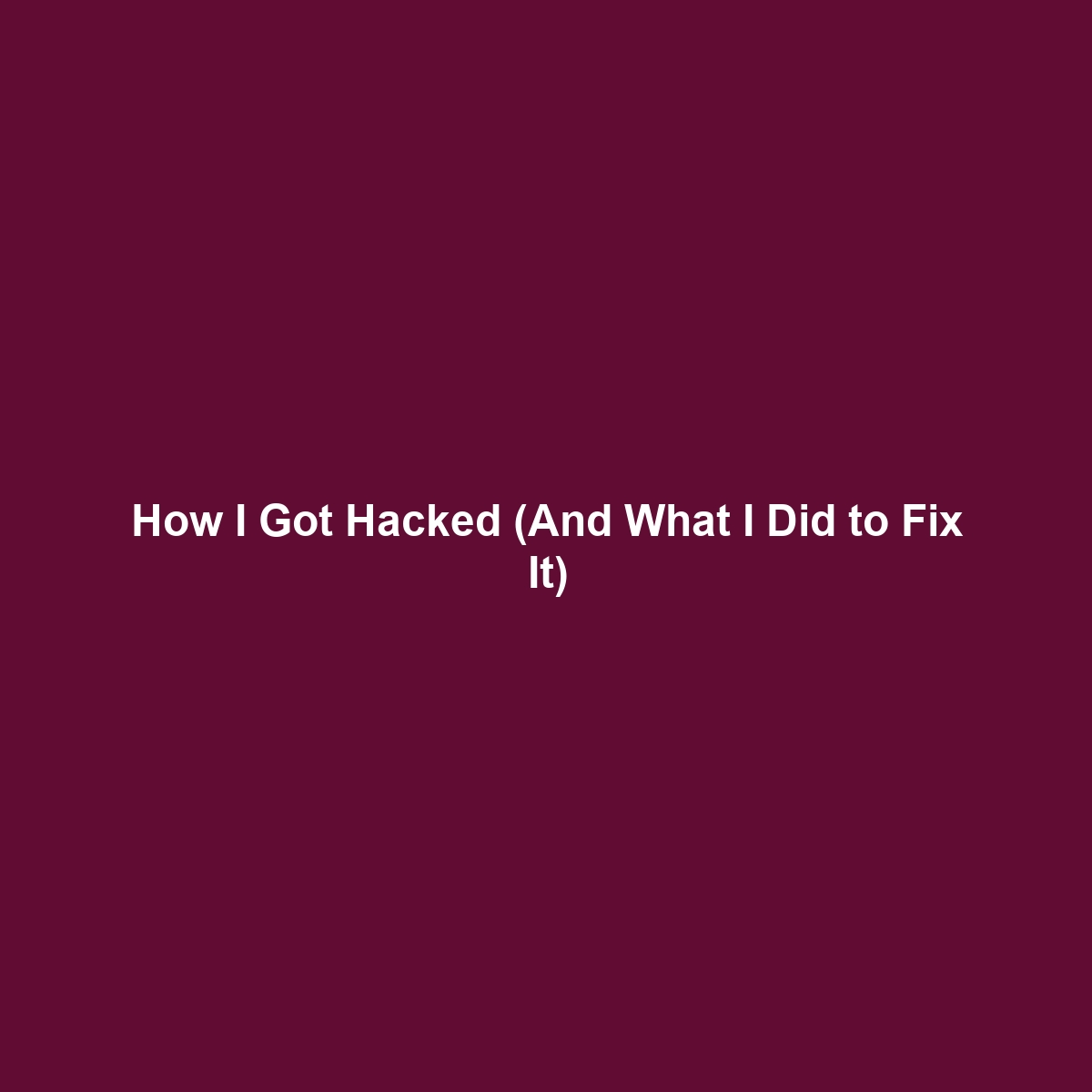
How I Got Hacked (And What I Did to Fix It)
Imagine waking up one morning, checking your email, and seeing an email from a website you’ve never even heard of asking you to verify your account. Sounds fishy, right? Well, it happened to me. I got hacked. Someone got into my accounts, changed my passwords, and started using my info without me knowing. I felt like I was in a bad movie, but here’s what happened next: First, I changed all my passwords to something stronger (and used a password manager to keep track of them). Then, I enabled two-factor authentication on everything—this was like giving my accounts a second lock. After contacting the companies, I got my accounts back, but I learned a valuable lesson: Be cautious about where you click and always check for signs of something suspicious. So, my advice? Protect your data before it’s too late. Trust me, getting hacked is no fun!
-
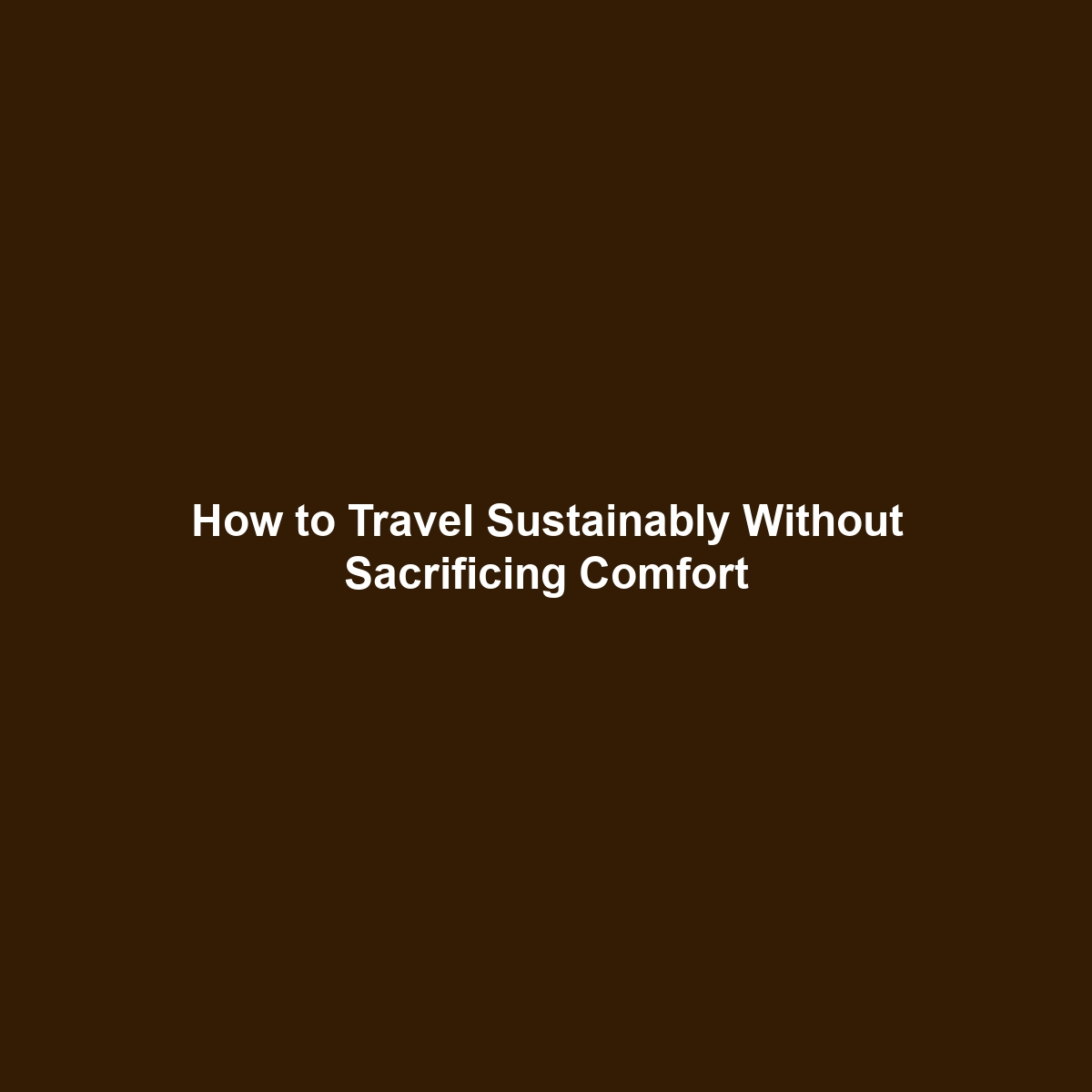
How to Travel Sustainably Without Sacrificing Comfort
Think traveling sustainably means you have to rough it? Think again! You can save the planet and still travel in style. First, instead of flying everywhere, try taking a train or bus. Not only will it reduce your carbon footprint, but you’ll also get to see more along the way. Then, pack eco-friendly products like a reusable water bottle, biodegradable soap, and a solar charger. And when you’re staying somewhere, look for hotels with green certifications, which means they’re making efforts to be more energy-efficient. Even your meals can be sustainable—eat at restaurants that serve local, organic food, and skip the single-use plastic. You can also offset your carbon emissions by contributing to environmental causes. It’s like being an eco-hero without missing out on all the fun. Sustainable travel doesn’t mean sacrificing comfort—it’s about being smart and choosing options that leave the world a little better than you found it! 🌍
-
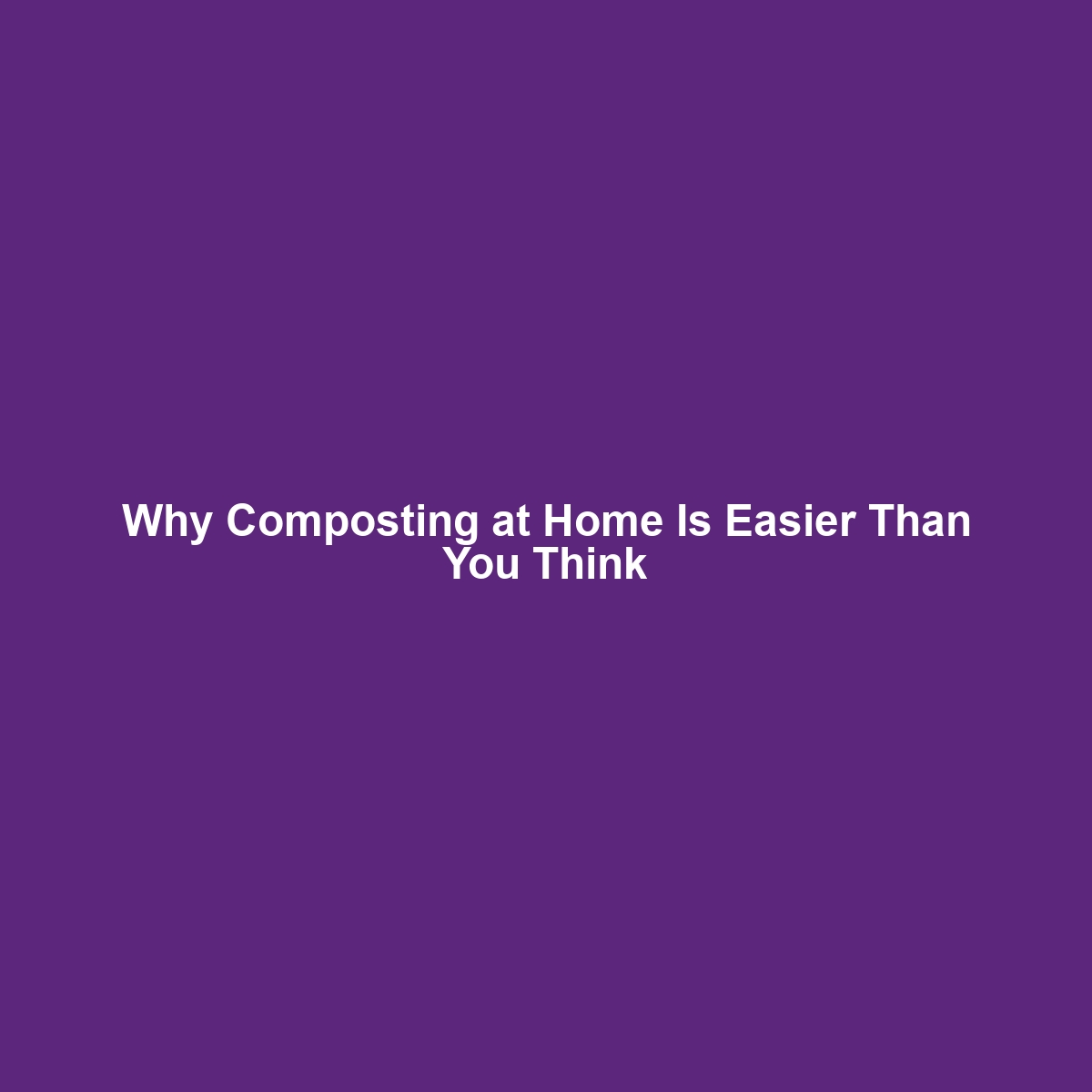
Why Composting at Home Is Easier Than You Think
Composting? Isn’t that just for farmers and hippies? Nope, it’s for everyone! You might think composting takes a lot of space or you’ll end up with a giant smelly pile, but it’s actually super easy. I started with just a small bin in my kitchen to collect food scraps like banana peels and coffee grounds. Once I had enough, I transferred it to a compost bin in the yard. In no time, my leftover food turned into rich, healthy soil—perfect for my garden. Composting is a way of turning food waste into something useful instead of just throwing it away. The best part? You don’t need a big yard or fancy equipment to get started. You just need a bit of space, some food scraps, and the right container. So, stop sending that banana peel to the trash! Composting is easy, and you’ll feel like an eco-hero while making your garden bloom. Trust me, it’s a lot less intimidating than it sounds!
-
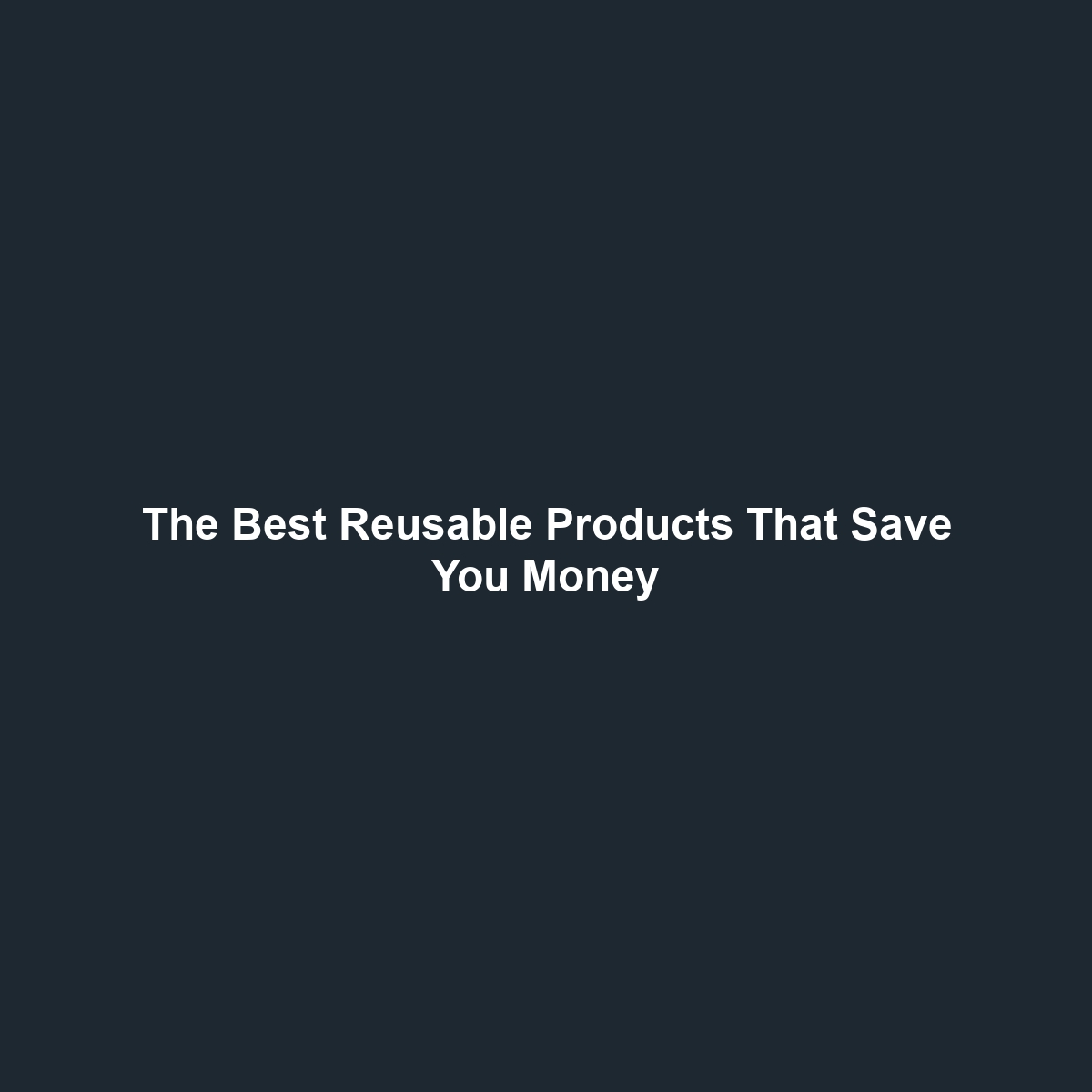
The Best Reusable Products That Save You Money
Picture this: You’re buying a coffee every day in a disposable cup, and over time, it adds up. But what if I told you there’s a way to save money AND help the environment? Let me introduce you to the world of reusable products! First, ditch those plastic water bottles and grab a reusable one—it’ll save you dollars, and you’ll stop contributing to plastic waste. Then, get a stainless steel straw to replace the disposable ones. Next, say hello to a reusable shopping bag—it’s small, convenient, and can hold way more than those flimsy plastic ones. Oh, and did you know reusable coffee cups can save you $100 a year, if not more? You’ll be surprised how much you’re spending on small stuff like disposable cups and bags. The best part? These eco-friendly products can actually pay for themselves over time. So, get your reusable game on and save the planet while saving your wallet!
-
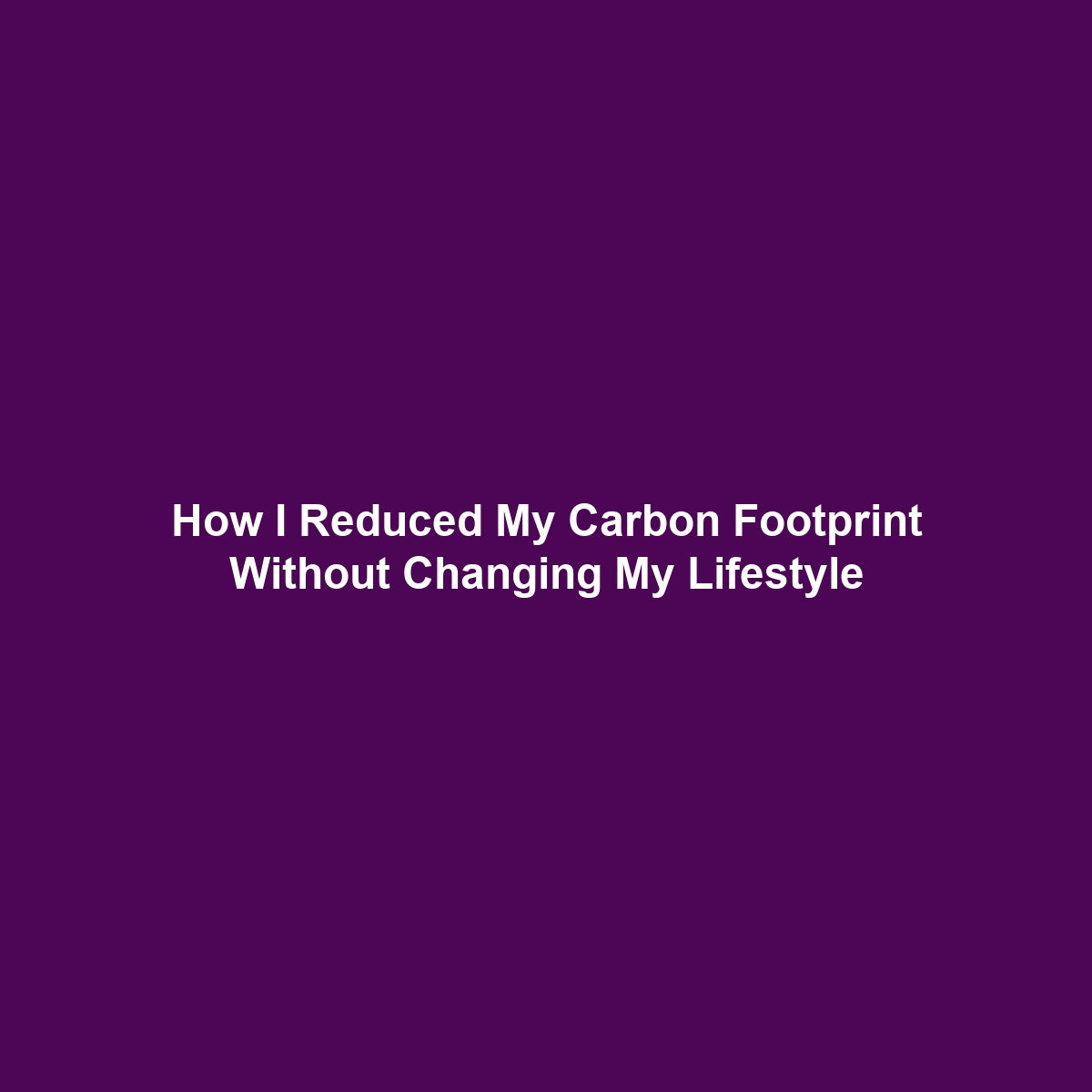
How I Reduced My Carbon Footprint Without Changing My Lifestyle
You know that feeling when you try to save the planet but don’t want to turn into a full-time eco-warrior? Well, here’s the good news: you don’t have to! I made a few small changes, and it felt like I was still living my life, just with a planet-friendly twist. First, I swapped out my plastic water bottle for a reusable one. Then, I started walking more instead of driving everywhere. Simple things, right? I also found ways to cut down on food waste, like buying only what I needed and composting leftovers. Turns out, being more eco-conscious doesn’t mean you have to give up your favorite things; it’s about making small, smarter choices. My carbon footprint shrank, but I didn’t feel like I was sacrificing comfort or style. So, if you want to make the world a better place without changing everything you do, just start with tiny steps—because sometimes small changes are the biggest heroes!
